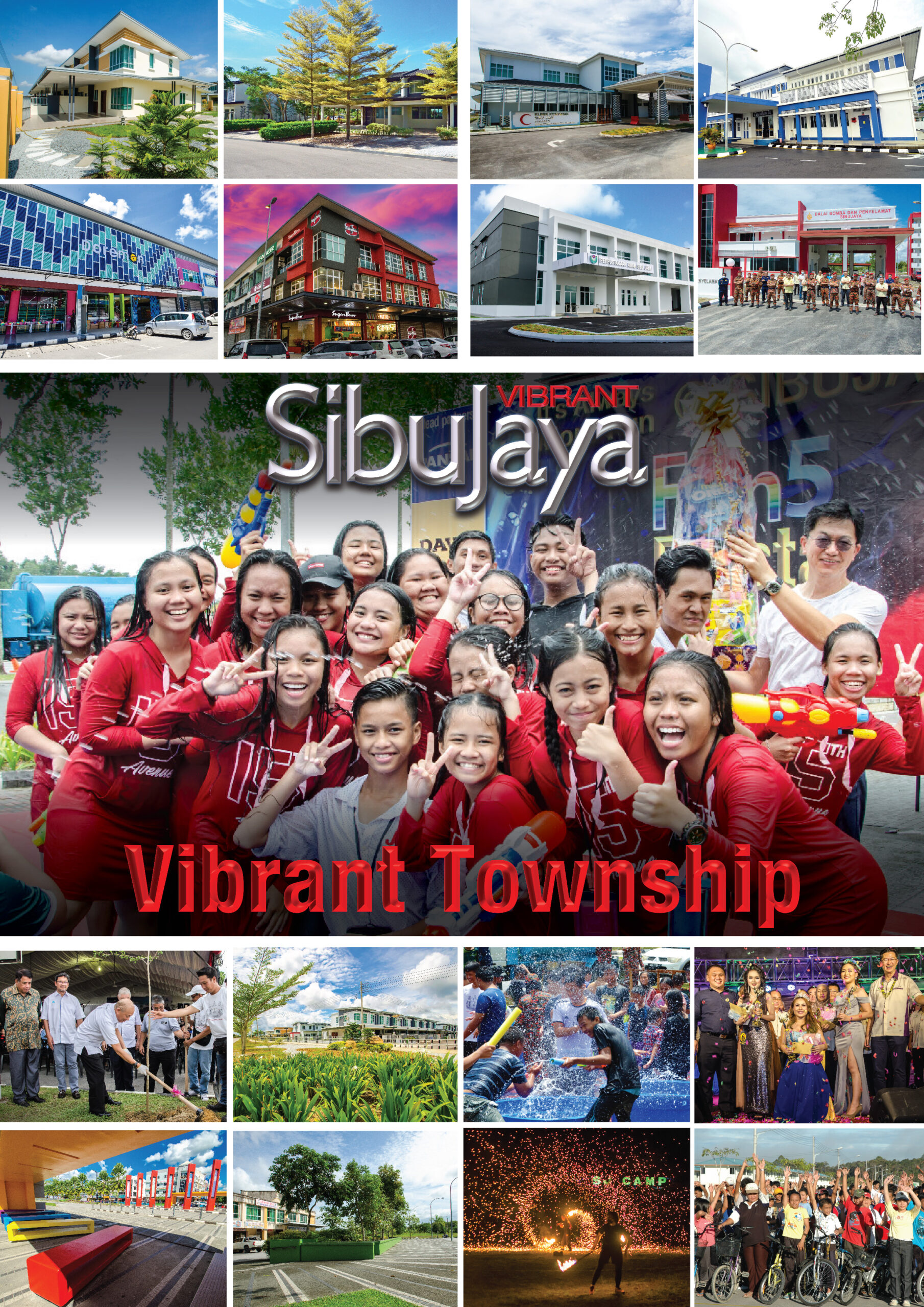Back then when the project started in the mid 90’s, Amcorp was just the main contractor. Its scope was simply to construct as per design and specifications by the Government. Once the construction was completed, Amcorp has no further role in the development. However, it was disheartening to see that those newly built and unoccupied houses will slowly decay if the problem is left unattended.
Firstly, the new replanned Township ought to be more inclusive in order draw and attract the other income bands such as the middle and upper-middle income bracket group. This will balance out and create a healthier socio-economic strata structure. Of course, this is easier said than done. Merely pricing the properties cheaper or building larger size houses will not persuade anyone to move to the new SibuJaya Township which was lacking of many amenities and conveniences available in Sibu City.
Hence, this gives rise to an urgent need to build new and good schools, hospital, Police Depot, Fire Brigade, markets, shops, playing field and those sorts for SibuJaya. Unfortunately, the 1997 Asian Financial Crisis did not make things easier then. It was a long wait for the economy to recover but eventually, the Government rolled out social programs one-by-one starting with schools first, then Police Depot, Hospital, mosque and so forth. In the meantime, Amcorp focused on improving other common infrastructures like roads, sidewalks, parks, landscape and recreational areas to create a more immediate “feel good” factor.

Secondly, for long-term sustainability, there must be jobs created from within the township itself as this will save a lot of unnecessary commuting to main Sibu City for work. Although the re-planning incorporated new elements of shophouses and light factories, there was still the risk of another “chicken and egg” situation within the township. For an investor to buy shop houses and/or light factories, there must first be an existing sizeable population base comprising of a healthy blend of lower and middle income class. Lacking of these, Amcorp had to scale down the design and size of the commercial and industrial components to reduce the investment risk to stakeholders, just enough to woo in the first batch of investors.
Thirdly, whilst much of the developer’s funds were tied up for longer pay-back infrastructure works, there were other pressing funding requirement to cope with the growing house demand. In order not to disrupt supply of newly built houses due to tight cashflow, a short- term smart-partnership was formed with local contractors to participate in a modified construction tender as a “part-cash, payment in kind and profit-share” scheme to conserve the developer’s cash. This was definitely another “win-win” opportunity for all stakeholders.
Last but not least, all work and no play makes SibuJaya a dull place to stay. Over the years we have created our own social events and some, like the “Water Festival” and “Fire Fiesta”, has successfully drawn crowds from beyond SibuJaya, albeit halted for 2 years now due to Covid- 19 pandemic. We hope to get back to normalcy soon and add more exciting sporting events too as the newly donated “Azman Hashim Community Sports Center” approaches completion by mid-2021. This will definitely add more color to the township. There is no short-cut to success. Perseverance, patience and creativity are the main key ingredients.
As the turnaround effort started to bear fruits, the State Government built more infrastructure projects like the Billion Ringgit Pan-Borneo highway and this has connected SibuJaya to the larger Sarawak. SibuJaya became the strategic “supply” town for the mid- region and is still growing from a mere population of 5,000 pre-1997 crisis to circa 32,000 people today.
SibuJaya never had the advantage of “location”. It was created in a remote & bare location for only one purpose, which was for the affordable home scheme. We are grateful to be given this opportunity by the Sarawak State Government to jointly transform SibuJaya into a lively vibrant township it is today.

About the author:
En. Azlan Baqee is a member of AHIBS Industry Advisory Panel. He holds the position of Group Chief Operating Officer at Amcorp Properties Berhad. He is currently a director of AmBank Islamic Berhad and a board member of the subsidiaries within Amcorp and AmProp. He also serves as Non-Independent Non-Executive Director of AmREIT, the Manager of AmFIRST REIT. He is also the Non-Independent Non-Executive Director of AmREIT Holdings.


